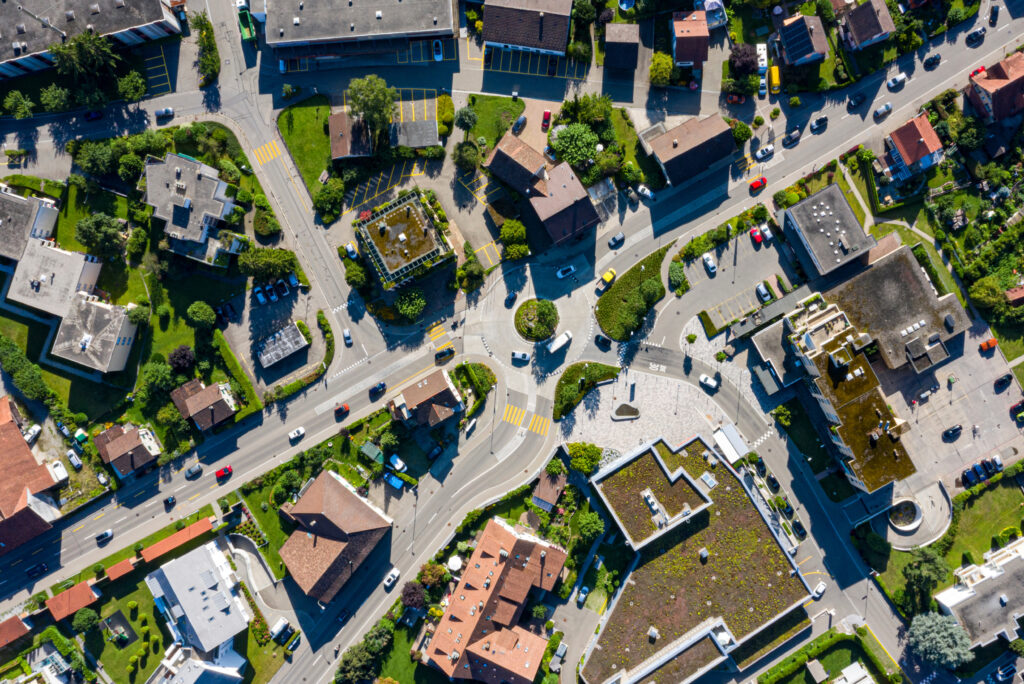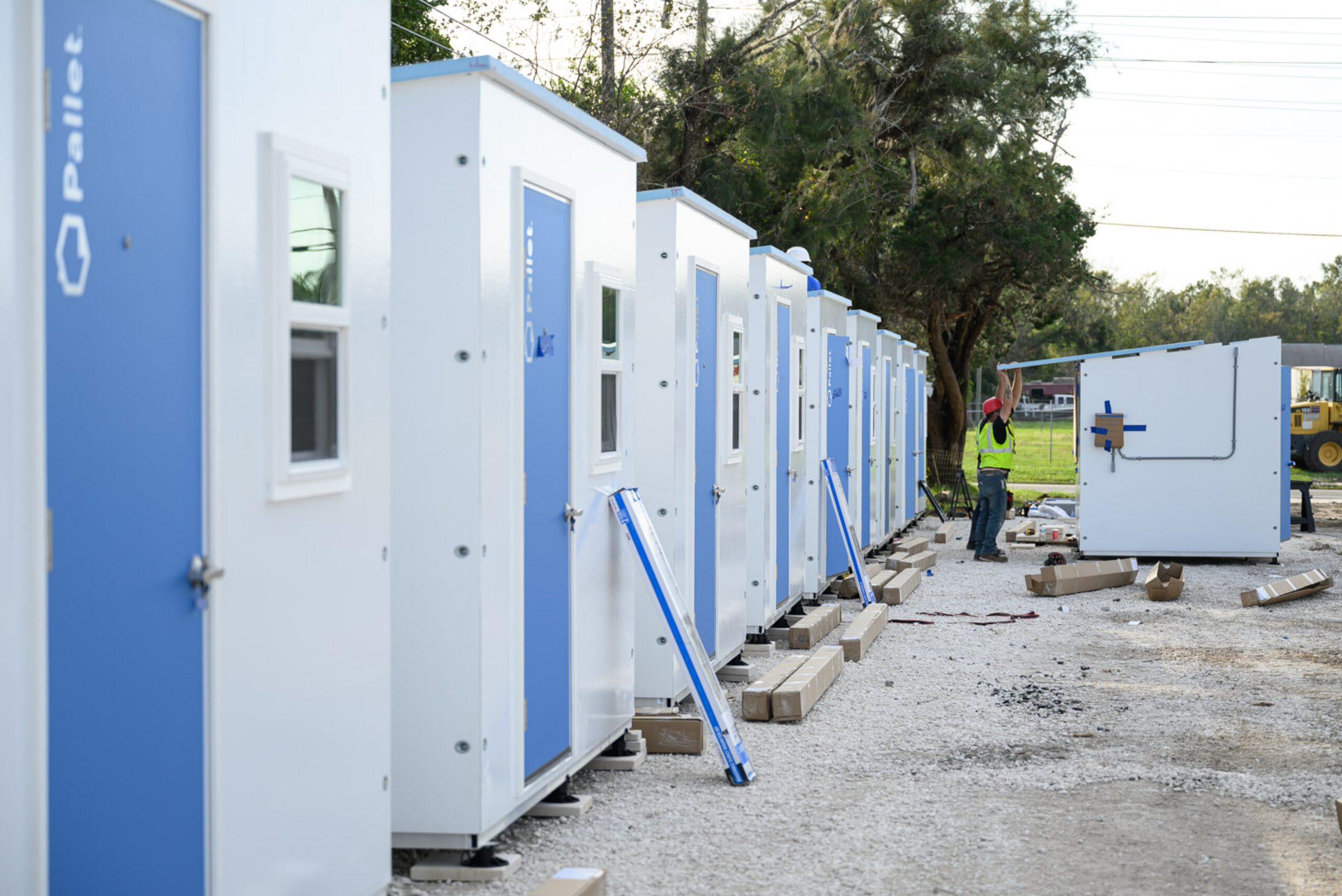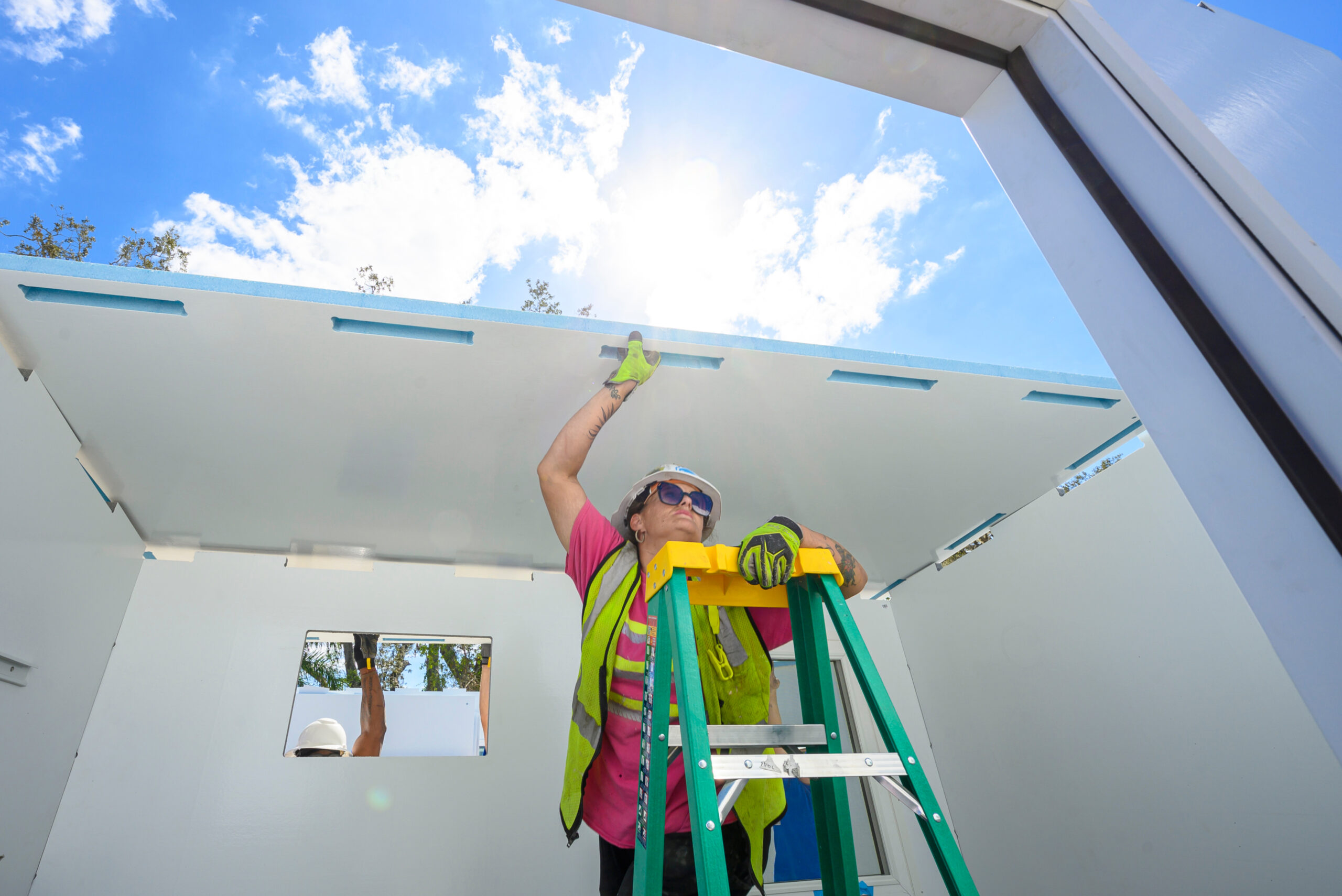The Importance of Building Resilient Communities
June 5, 2024
There are several key factors that contribute to resilience. Communities that adopt a wholistic approach are equipped to achieve swift recovery following any natural disaster.

In conversations regarding natural disasters and how communities can remain strong together in the aftermath, one word will undoubtedly appear again and again: resilience. And even if the definition of resilience seems straightforward in this context, referring to any given community’s ability to bounce back from a destructive event and restore a sense of normalcy for every resident, there are several factors that make up the whole picture and allow the recovery process to begin.
Four elements in particular are important building blocks in creating resilient communities: economic resilience, social resilience, human and cultural resilience, and environmental resilience. When all dimensions of resilience are integrated into the fabric of a community, people are substantially more likely to remain and take part in the rebuild stage—even if they are temporarily displaced by an emergency situation.
Economic Resilience
To keep residents within their community following a disaster, it is essential to implement strategies that retain the strength of local economies. If business owners cannot continue operating and customers aren’t able to support local institutions, people are more likely to relocate in search of better opportunities. On the same note, strategies to ensure the rebuilding of essential infrastructure, businesses, and housing are imperative to safeguard against potential plummeting property values.
The U.S. Economic Development Administration outlines two major types of initiatives in building economic resilience. Steady-state initiatives focus on long-term planning that help communities withstand or prevent economic downturn: leveraging a region’s unique assets or industry strengths to provide stability in times of crisis; developing adaptable workforces that can more easily shift to other jobs or industries as needed; and assuring businesses identify their vulnerabilities (supply chains, overhead, location, etc.) to enable operations can continue even after a disruption.
Responsive initiatives establish capacity to react to a community’s distinct recovery needs in the wake of emergencies, such as identifying key stakeholders and their roles and responsibilities as part of disaster pre-planning and implementing open lines of communication with local, regional, state, and federal officials to relay specific business sector needs. Both types of initiatives are crucial to develop true economic resilience.
In the event of displacement, communities must also incorporate secure temporary housing options for residents in their pre-planning and response strategies so that people can continue to work. Providing private, interim shelter along with other short-term housing models is vital to sustain local economies while permanent housing is rebuilt.
Social Resilience
One of the most important aspects of being part of a community is social connection. The feelings of belonging, support, purpose, and shared experience that come with community involvement are made even more fundamental in the face of trauma or instability—which means upholding a sense of social connection following a crisis is central to building resilience.
Maintaining local organizations like sports clubs, arts and entertainment groups, or volunteer-led youth programs after a disaster may play a significant role in improving collective mental health outcomes. Placing importance on this wellbeing is key to incentivizing residents to stay within their communities.
While emergency mass congregate shelter is an effective model for displaced populations in the hours following a disaster, close living quarters and a lack of privacy do not necessarily foster a sense of community. Building sites in the Pallet shelter village model, composed of private shelters set in a community environment, can be a powerful tool to create sustainable social resilience.
Human and Cultural Resilience
Public resources including schools, hospitals, police stations, grocery stores, and green spaces are at the core of every thriving community and vital to public safety and health. In the case of many destructive events, necessities such as emergency medical care or hygiene and laundry facilities become even more urgent. And even if an area is affected by a disaster, people still need to be able to receive healthcare and education, buy healthy food, and access safe outdoor spaces to exercise and recreate. Ensuring that these human-centric resources remain available to all community members, no matter the circumstances, is a signifier of true resilience.
It is also important to consider the crucial role cultural identity plays in shaping community development. Cultural landmarks, diverse places of worship, and local traditions and practices should always be included in the framework of disaster preparedness planning and response strategies, which requires a seat at the table for local authorities with knowledge of their constituents’ expectations and priorities. This philosophy of culture-based recovery, built on the idea that local organizations and businesses must participate in preparedness planning rather than governmental staff alone, has gained traction and proven successful in more meaningfully meeting the needs of the community at large.
Environmental Resilience
The ability to anticipate, prepare for, and respond to climate-related events is elemental to community resilience. This not only includes identifying common weather patterns and potential natural disasters unique to a given region, but also reducing their destructive effects, involving relevant stakeholders to create effective mitigation strategies, and recognizing social groups that will be affected most adversely in such emergencies.
Ecologically conscious communities are environmentally resilient communities. Understanding climate vulnerabilities, recognizing natural hazards based on geography and past exposure to disasters, and anticipating how a destructive event will disrupt workforces, the built environment, and infrastructure (water, sewer, communication systems, energy sources, etc.) are strong tactics to reduce or avoid climate-related catastrophe.
Assembling a coalition of experts in a broad spectrum of fields also aids mitigation and recovery efforts. This can be easily achieved when communities involve representatives from affected industries, emergency managers, natural resource management experts, infrastructure professionals, civic organizations, local philanthropic organizations, and more in each stage of preparedness planning and response. Ultimately, implementing an end-to-end strategy tailored to a region’s unique characteristics is the best way for a community to establish environmental resilience.
Finally, recognizing that climate change disproportionately affects underserved socioeconomic groups and accommodating those with a higher threshold of needs is key to create an inclusive, supportive approach. A community is only resilient as its most vulnerable members.
Even if all dimensions of resilience are distinct and require focused efforts to implement, they are all interconnected. When communities can facilitate economic rebound, maintain social connection, preserve essential resources and cultural identity, and protect their natural and built environments, they are better equipped to start on the path to recovery and build sustainable futures for their residents even in times of crisis.
Click here to learn more about how Pallet can integrate into any community’s disaster preparedness planning or response strategies and foster long-term resilience.


